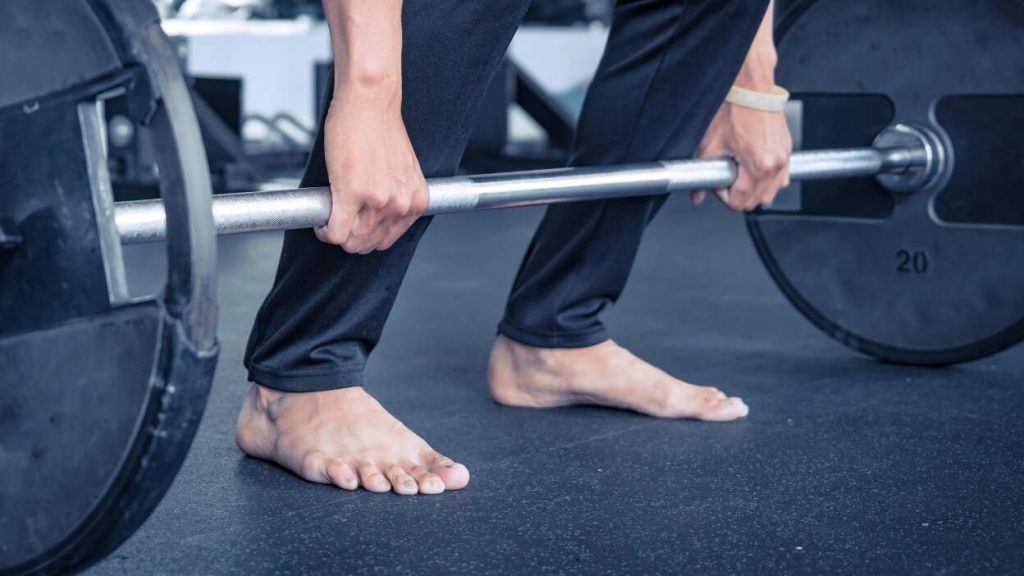The weightlifting community is experiencing a significant paradigm shift toward minimalist footwear, with barefoot shoes emerging as a scientifically-backed alternative to traditional weightlifting shoes. This comprehensive analysis examines the biomechanical advantages, performance implications, and practical considerations of incorporating zero-drop, minimalist footwear into strength training protocols.

Understanding Barefoot Weightlifting Shoes: Technical Foundation and Design Principles
Defining Minimalist Weightlifting Footwear
Barefoot weightlifting shoes represent a specialized category of minimalist footwear engineered to replicate the biomechanical advantages of barefoot training while providing essential protection and grip. These shoes are characterized by three fundamental design elements that distinguish them from conventional athletic footwear:
Zero-Drop Architecture: The heel-to-toe differential measures precisely 0mm, maintaining the foot in its natural anatomical position. This neutral platform eliminates the forward weight displacement inherent in traditional shoes with elevated heels, which can measure 8-12mm in running shoes and up to 25mm in some weightlifting shoes.
Minimal Stack Height: The total sole thickness typically ranges from 3-6mm, compared to 20-35mm in conventional training shoes. This reduced stack height maximizes proprioceptive feedback and minimizes the compression interface between the foot and ground, enhancing force transmission efficiency.
Anatomical Toe Box Design: The forefoot section follows the natural foot shape, providing 15-20% more toe spread area compared to traditional athletic shoes. This expanded toe box allows for optimal toe splay, creating a broader base of support that enhances stability during compound movements.
Material Science and Construction Methodology
The construction of barefoot weightlifting shoes employs specific materials selected for their performance characteristics in strength training environments. The outsole typically utilizes high-durometer rubber compounds with durometer ratings of 60-75 Shore A, providing optimal grip without excessive thickness. The midsole, when present, consists of minimal EVA foam or thermoplastic polyurethane (TPU) with compression resistance ratings exceeding 200 kPa.
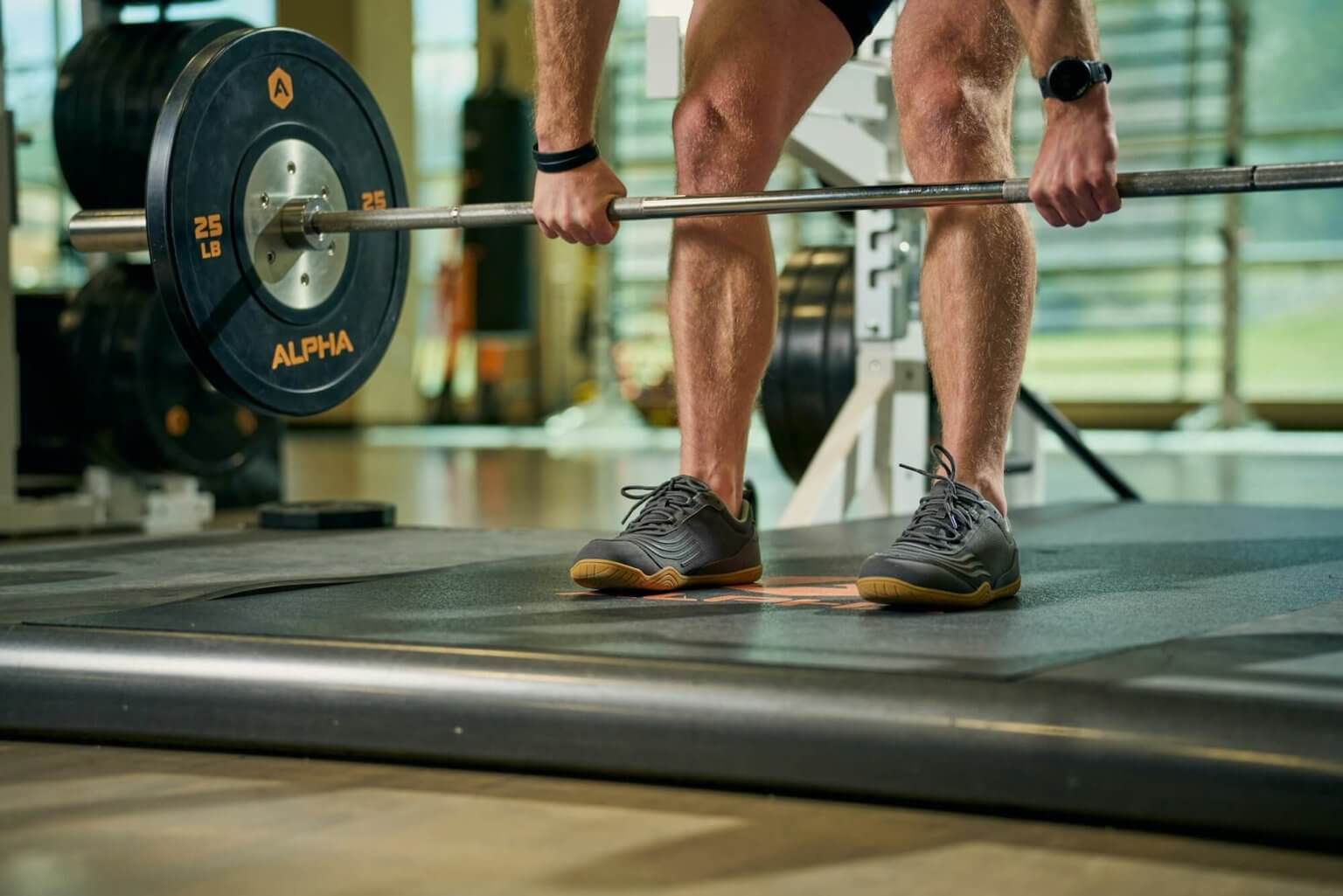
Upper construction prioritizes flexibility and breathability while maintaining structural integrity under lateral loading. Advanced models incorporate seamless construction techniques to eliminate pressure points and hot spots during extended training sessions. The materials used must withstand the unique stresses of weightlifting, including lateral forces during squats and deadlifts, which can exceed 2-3 times body weight in elite athletes.
Biomechanical Advantages: Scientific Evidence and Performance Implications
Enhanced Proprioceptive Function and Neuromuscular Control
The primary biomechanical advantage of barefoot weightlifting shoes lies in their ability to enhance proprioceptive function through increased sensory feedback from plantar mechanoreceptors. Research indicates that the human foot contains over 200,000 nerve endings, with the highest concentration located in the plantar surface. When encased in thick, cushioned soles, these mechanoreceptors receive significantly reduced stimulation, potentially compromising postural control and movement precision.
Studies examining barefoot versus shod conditions during dynamic movements demonstrate measurable improvements in proprioceptive acuity when minimal footwear is employed. This enhanced sensory feedback translates to improved joint position sense, with ankle proprioception showing improvements of 15-25% in minimalist shoe conditions compared to traditional athletic footwear.
The practical implications for weightlifting are substantial. Enhanced proprioception facilitates more precise motor control during complex compound movements, potentially reducing the risk of form breakdown under heavy loads. Athletes report improved “feel” for proper weight distribution and balance, particularly during squats, deadlifts, and overhead pressing movements.
Optimization of Force Transfer and Ground Reaction Forces
The biomechanics of weightlifting fundamentally depend on the efficient transfer of force through the kinetic chain, beginning with ground contact at the feet. Traditional athletic shoes with compressible midsoles can absorb 10-15% of applied force, representing a significant loss of power transmission. This energy absorption occurs primarily during the eccentric phase of lifts and the initial concentric drive phase.
Barefoot shoes eliminate this energy loss through their non-compressible sole design. Force plate studies demonstrate that athletes wearing minimalist footwear generate 5-8% higher peak ground reaction forces during explosive movements compared to those wearing traditional training shoes. This improvement in force transfer efficiency can translate to meaningful performance gains, particularly in power-dependent movements like cleans, snatches, and jump squats.
The rigid platform provided by barefoot shoes also enhances stability during heavy lifting. Electromyographic analysis reveals increased activation in intrinsic foot muscles when wearing minimalist footwear, contributing to improved arch support and midfoot stability. This enhanced stability is particularly beneficial during unilateral movements and exercises requiring significant lateral stability.
Kinetic Chain Optimization and Movement Quality
The zero-drop design of barefoot shoes promotes optimal kinetic chain alignment by maintaining the foot in its natural position. Traditional shoes with elevated heels can alter ankle dorsiflexion requirements, potentially affecting knee and hip positioning throughout the lift. Research examining squat biomechanics reveals that excessive heel elevation can increase forward lean and alter muscle activation patterns, particularly in the quadriceps and gluteal complexes.
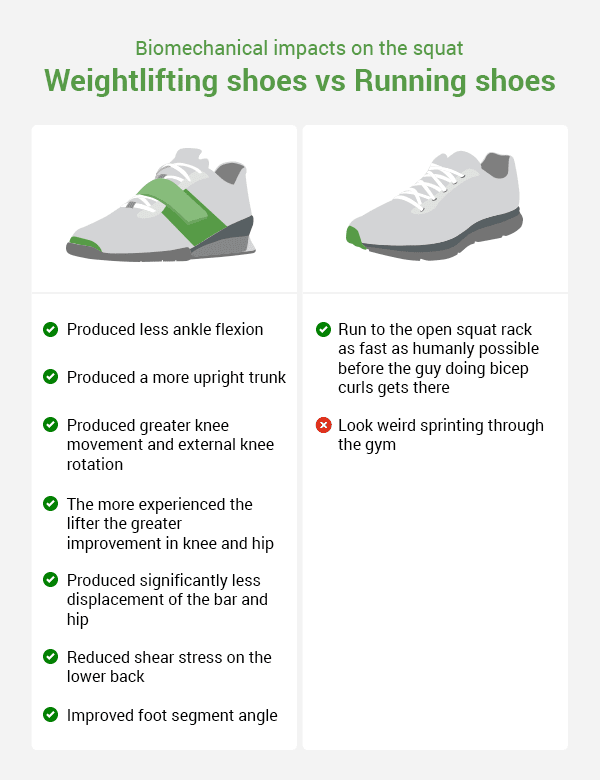
Barefoot shoes allow for more natural movement patterns while accommodating individual anatomical variations in ankle mobility. Athletes with limited ankle dorsiflexion can benefit from the enhanced proprioceptive feedback to gradually improve mobility, rather than relying on artificial heel elevation to achieve depth in squatting movements.
The improved ground connection also facilitates better weight distribution across the foot. Pressure mapping studies show more even distribution of plantar pressure when wearing barefoot shoes, reducing the tendency to shift weight to the heels or toes during lifting movements. This balanced weight distribution contributes to improved stability and can reduce the risk of compensatory movement patterns that may lead to injury.
Performance Applications Across Weightlifting Disciplines
Powerlifting Applications and Competitive Considerations
In powerlifting, where the objective is to maximize force production in the squat, bench press, and deadlift, barefoot shoes offer specific advantages for each lift. During squatting movements, the stable platform and enhanced proprioception allow for more consistent depth achievement and improved force transfer through the posterior chain. Many elite powerlifters report improved “connection” to the ground and enhanced ability to “spread the floor” with their feet when wearing minimalist footwear.
For deadlifting, barefoot shoes provide the optimal heel-to-toe differential of zero, positioning the athlete closest to the ground and minimizing the range of motion required to complete the lift. This positioning advantage can be particularly beneficial for athletes with longer limbs or those employing conventional deadlift technique. The enhanced grip provided by quality barefoot shoes also improves platform stability during heavy pulls.
Bench pressing, while not directly involving the feet in force production, benefits from the improved proprioceptive awareness that carries over from lower body training in barefoot shoes. The enhanced body awareness can contribute to better arch positioning and leg drive technique, components that are crucial for maximal bench press performance.
Olympic Weightlifting Considerations and Technical Requirements
Olympic weightlifting presents unique challenges for barefoot shoe application due to the sport’s emphasis on explosive power and precise technical execution. The snatch and clean & jerk require exceptional ankle mobility and rapid force development, factors that must be carefully considered when selecting minimalist footwear.
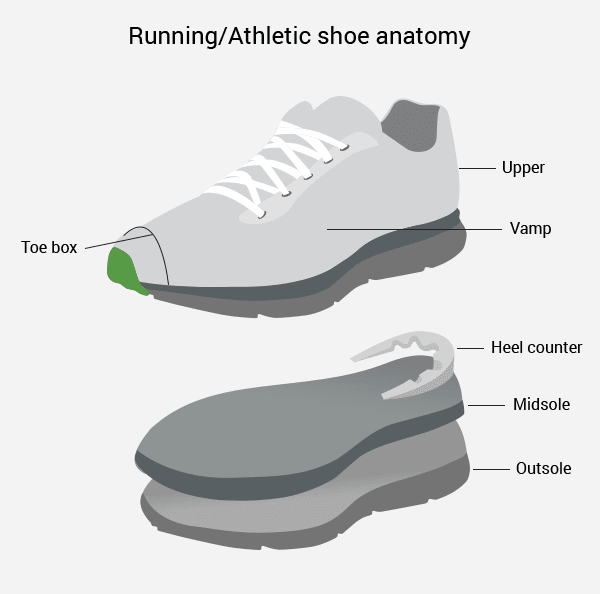
During the receiving phase of Olympic lifts, athletes must achieve deep squat positions while maintaining optimal bar positioning. Barefoot shoes can facilitate this by allowing for natural ankle dorsiflexion without artificial heel elevation. However, athletes with significant mobility limitations may require a transition period to develop adequate range of motion for deep receiving positions.
The enhanced proprioceptive feedback provided by barefoot shoes can be particularly beneficial during the learning phase of Olympic lift technique. The improved ground connection allows novice lifters to better understand proper weight distribution and balance during complex movement patterns. Advanced athletes may appreciate the more direct force transfer during explosive portions of the lifts.
Functional Fitness and CrossFit Training Integration
Functional fitness training, including CrossFit methodology, demands versatility from athletic footwear due to the varied movement patterns encountered within single training sessions. Barefoot shoes excel in this environment due to their adaptability across different movement categories including lifting, jumping, and short-distance running.
During metabolic conditioning workouts that combine weightlifting with gymnastic movements, barefoot shoes provide consistent platform stability across diverse exercises. The wide toe box accommodates toe spread during box jumps and burpees, while the flexible sole allows for natural foot movement during dynamic exercises like mountain climbers and bear crawls.
The enhanced proprioception becomes particularly valuable during high-intensity training when fatigue may compromise movement quality. Athletes report improved body awareness and movement control during later stages of conditioning workouts when wearing barefoot shoes compared to traditional cross-training shoes.
Safety Considerations and Risk Mitigation Strategies
Injury Prevention Through Progressive Adaptation
The transition to barefoot weightlifting shoes requires careful consideration of adaptation protocols to minimize injury risk. The primary concern involves the potential for overuse injuries in the intrinsic foot muscles and lower leg musculature, which may be undertrained due to prolonged reliance on supportive footwear.
Research examining barefoot running transitions provides insight into appropriate adaptation timelines for minimalist footwear. Studies suggest that a minimum 8-12 week transition period is necessary for significant adaptations in foot muscle strength and endurance. For weightlifting applications, a similar timeline should be employed, with gradual increases in training volume and intensity while wearing barefoot shoes.
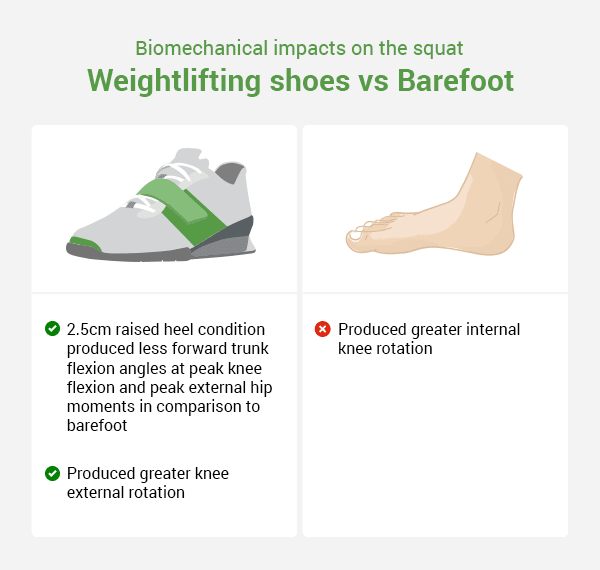
The initial phase should focus on bodyweight movements and light resistance exercises to allow intrinsic foot muscles to adapt to increased loading. Progressive overload should be applied systematically, with attention to any signs of plantar fascia irritation, metatarsal stress, or Achilles tendon discomfort, which are common during poorly managed transitions.
Environmental Hazards and Protection Requirements
While barefoot shoes provide minimal protection compared to traditional athletic footwear, they offer significantly more protection than true barefoot training. The thin sole provides essential protection against sharp objects, rough surfaces, and temperature extremes while maintaining ground connection and proprioceptive feedback.
In commercial gym environments, the risk of dropped weights represents a significant safety concern. While barefoot shoes cannot prevent injury from direct impact with heavy weights, they provide some protection against smaller objects and can prevent cuts from metal edges or rough surfaces. Athletes should maintain awareness of their training environment and employ proper safety protocols regardless of footwear choice.
Hygiene considerations are also important in shared training facilities. Quality barefoot shoes with antimicrobial treatments can help prevent fungal infections while providing the benefits of minimalist footwear. Regular cleaning and rotation of training shoes becomes particularly important when using thin-soled footwear in communal environments.
Biomechanical Risk Factors and Contraindications
Certain biomechanical factors may increase injury risk when transitioning to barefoot weightlifting shoes. Athletes with pre-existing plantar fasciitis, significant pronation abnormalities, or chronic ankle instability should approach barefoot training with additional caution and potentially seek professional assessment before making the transition.
Age-related factors also influence adaptation capacity, with older athletes typically requiring longer transition periods and more conservative progression protocols. Individuals over 40 may have reduced proprioceptive function and muscle adaptation capacity, necessitating extended adaptation timelines and closer monitoring of training responses.
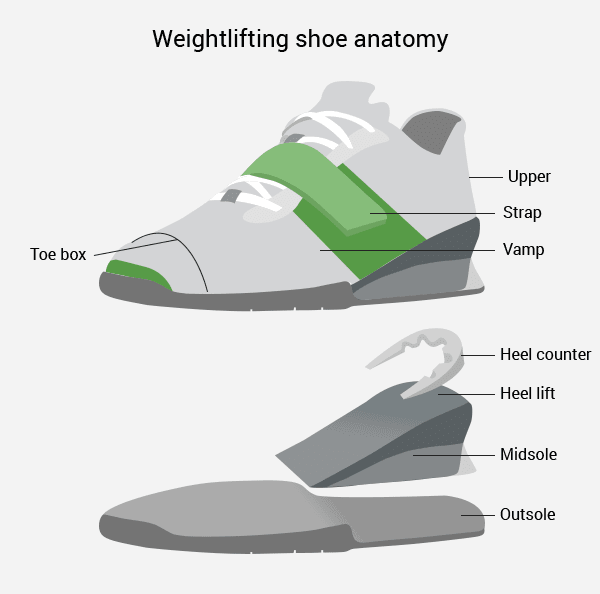
Previous injury history, particularly involving the foot, ankle, or lower leg, requires individual assessment. Athletes with history of stress fractures, Achilles tendinopathy, or chronic plantar fasciitis may benefit from modified transition protocols or alternative footwear solutions that provide additional support while maintaining some barefoot shoe benefits.
Implementation Strategies and Training Protocols
Structured Transition Programming
Successful integration of barefoot shoes into weightlifting training requires systematic programming that addresses both acute adaptation and long-term development. The transition should be viewed as a distinct training phase with specific objectives and progression markers rather than a simple equipment change.
Phase 1 (Weeks 1-4): Foundation Development
Initial exposure should be limited to 20-30% of total training volume, focusing on bodyweight movements and light resistance exercises. Sessions should emphasize movement quality over intensity, with particular attention to proper weight distribution and balance. Warm-up protocols should include specific foot and ankle mobility work to prepare the structures for increased activation.
Phase 2 (Weeks 5-8): Progressive Loading
Training volume in barefoot shoes can increase to 50-60% of total volume, with introduction of moderate resistance exercises. This phase should include specific foot strengthening protocols targeting intrinsic foot muscles and lower leg musculature. Athletes should monitor for signs of overuse and adjust progression accordingly.
Phase 3 (Weeks 9-12): Integration and Optimization
Full integration of barefoot shoes across all appropriate training activities, with focus on performance optimization and movement refinement. This phase should include assessment of performance markers and comparative analysis with previous footwear to validate the transition’s effectiveness.
Complementary Training Interventions
The transition to barefoot weightlifting shoes should be supported by targeted interventions addressing foot and ankle function. Research demonstrates that specific strengthening protocols can accelerate adaptation and reduce injury risk during minimalist footwear transitions.
Intrinsic Foot Muscle Strengthening: Exercises targeting the short foot muscles, including toe spreading, marble pickups, and towel scrunches, should be performed daily during the transition period. These exercises specifically target muscles that may be weakened by prolonged use of supportive footwear.
Ankle Mobility and Stability Training: The enhanced ground connection provided by barefoot shoes requires adequate ankle mobility for optimal function. Daily mobility work targeting ankle dorsiflexion and plantarflexion, combined with stability exercises like single-leg stands on unstable surfaces, can accelerate adaptation and improve performance outcomes.
Proprioceptive Enhancement Protocols: Specific balance training using unstable surfaces, eyes-closed conditions, and perturbation training can accelerate the proprioceptive benefits of barefoot shoe training. These interventions are particularly valuable for athletes transitioning from highly supportive footwear.
Performance Monitoring and Assessment
Objective assessment of the transition’s effectiveness requires systematic monitoring of both performance markers and subjective feedback. Key performance indicators should be established before beginning the transition to provide comparative data for evaluation.
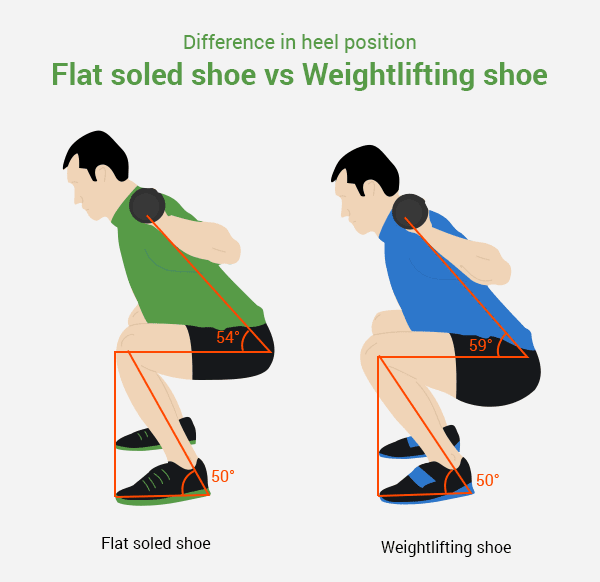
Quantitative Measures: Force plate assessments can provide objective data on ground reaction forces, center of pressure movement, and balance metrics. Strength testing using validated protocols for major lifts provides performance benchmarks. Movement screening assessments can identify changes in movement quality and identify potential compensation patterns.
Subjective Measures: Regular assessment of comfort, stability perception, and confidence during lifting should be documented. Pain or discomfort scores should be monitored closely, with particular attention to foot, ankle, and lower leg symptoms that may indicate excessive stress or poor adaptation.
Long-term Tracking: Performance trends should be monitored over extended periods (6-12 months) to assess the long-term impact of barefoot shoe adoption. This longitudinal assessment can provide valuable feedback for program refinement and inform decisions about continued use or modification of training protocols.
Comparative Analysis: Barefoot Shoes vs. Traditional Weightlifting Footwear
Biomechanical Performance Comparison
When comparing barefoot shoes to traditional weightlifting shoes with elevated heels, several key biomechanical differences emerge that influence performance across different lifting styles and individual requirements. Traditional weightlifting shoes typically feature heel elevations of 15-25mm, which artificially increases ankle dorsiflexion and can facilitate deeper squat positions for athletes with limited ankle mobility.
Research examining squat biomechanics reveals that heel elevation can reduce the ankle dorsiflexion requirement by approximately 10-15 degrees, potentially allowing athletes to achieve greater squat depth while maintaining more upright torso positioning. However, this artificial assistance may mask underlying mobility limitations and potentially create dependence on the elevated heel for proper movement execution.
Force production analysis shows mixed results when comparing barefoot shoes to elevated heel designs. While traditional weightlifting shoes may facilitate greater depth achievement in some athletes, barefoot shoes consistently demonstrate superior force transfer efficiency due to their non-compressible platform and enhanced ground connection. The optimal choice depends largely on individual mobility profiles and specific lifting objectives.
Training Versatility and Application Scope
Barefoot shoes offer significantly greater versatility across diverse training modalities compared to traditional weightlifting shoes. The zero-drop design and flexible construction make them suitable for both strength training and conditioning work, eliminating the need for footwear changes during mixed-modal training sessions.
Traditional weightlifting shoes excel in specific applications, particularly Olympic weightlifting and heavy back squatting, where the heel elevation provides mechanical advantages for athletes with specific anthropometric characteristics or mobility limitations. However, their rigid construction and elevated heel make them unsuitable for running, jumping, or dynamic movement patterns commonly encountered in functional fitness training.
The economic considerations also favor barefoot shoes for many athletes, as a single pair can serve multiple training purposes rather than requiring specialized footwear for different activities. This versatility makes barefoot shoes particularly attractive for recreational athletes and those with diverse training interests.
Long-term Adaptation and Development Implications
The long-term implications of footwear choice extend beyond immediate performance considerations to include adaptive changes in foot and ankle function. Prolonged use of elevated heel weightlifting shoes may contribute to shortened Achilles tendons and reduced ankle dorsiflexion mobility, potentially creating dependence on heel elevation for proper squat mechanics.
Conversely, consistent use of barefoot shoes promotes natural foot function and may contribute to improved intrinsic foot muscle strength and ankle mobility over time. Longitudinal studies examining barefoot shoe adoption show measurable increases in foot muscle cross-sectional area and improvements in balance and proprioceptive function over 6-12 month periods.
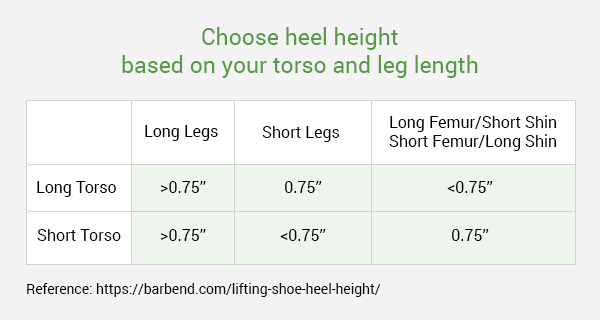
The choice between barefoot shoes and traditional weightlifting shoes should consider both immediate performance requirements and long-term development goals. Athletes focused on competitive weightlifting may benefit from sport-specific footwear, while those pursuing general fitness or functional training may find greater long-term benefits from barefoot shoe adoption.
Expert Recommendations and Best Practices
Professional Guidelines for Implementation
Leading strength and conditioning professionals emphasize the importance of individualized assessment when considering barefoot shoe adoption. The decision should be based on comprehensive evaluation of movement quality, mobility limitations, training objectives, and injury history rather than following trends or anecdotal recommendations.
Biomechanics experts recommend conducting movement screening assessments before transitioning to barefoot shoes, with particular attention to ankle dorsiflexion range of motion, single-leg balance performance, and deep squat mobility. Athletes with significant limitations in these areas may benefit from targeted interventions before beginning the transition or may require modified protocols to ensure safe adaptation.
The consensus among professionals is that barefoot shoes represent a valuable tool for many athletes but should not be considered universally superior to traditional weightlifting footwear. The optimal choice depends on individual factors including training goals, biomechanical characteristics, and personal preferences developed through systematic experimentation.
Population-Specific Considerations
Novice Lifters: Beginning weightlifters may benefit significantly from barefoot shoes due to the enhanced proprioceptive feedback that can accelerate motor learning and movement quality development. The improved ground connection helps establish proper movement patterns and weight distribution awareness that forms the foundation of safe and effective lifting technique.
Experienced Athletes: Advanced lifters with established movement patterns may find the transition more challenging due to ingrained motor patterns developed in traditional footwear. However, the performance benefits of improved force transfer and proprioception can justify the adaptation period for athletes seeking optimization of their training.
Older Adults: Age-related changes in proprioceptive function and muscle adaptation capacity require modified approaches for older athletes. Extended transition periods and conservative progression protocols are recommended, with particular attention to signs of overuse or discomfort during the adaptation phase.
Athletes with Injury History: Previous foot, ankle, or lower leg injuries require individualized assessment and potentially modified protocols. Some conditions may benefit from the enhanced proprioception and natural movement patterns promoted by barefoot shoes, while others may require additional support that barefoot shoes cannot provide.
Future Directions and Research Implications
Emerging Research Areas
Current research into barefoot weightlifting applications focuses primarily on acute biomechanical responses and short-term adaptation patterns. Future investigations should examine long-term adaptations, performance outcomes, and injury rates associated with prolonged barefoot shoe use in strength training populations.
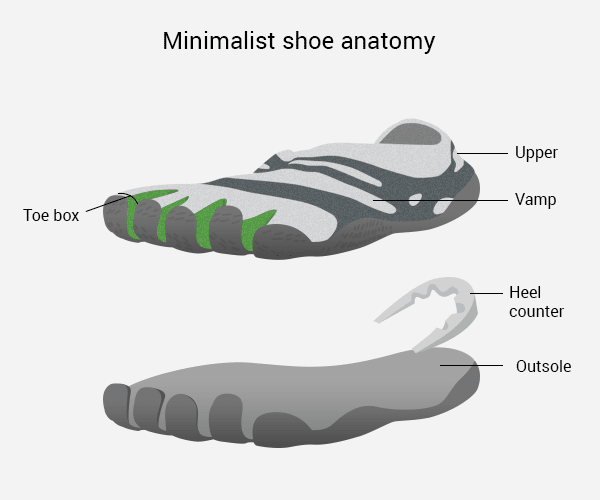
Technological advances in pressure mapping and force measurement systems are enabling more detailed analysis of foot-ground interactions during complex movements. These tools will likely provide greater insight into the mechanisms underlying the benefits of barefoot training and inform optimal design characteristics for minimalist weightlifting footwear.
The integration of wearable technology and real-time feedback systems may also enhance the transition process by providing objective monitoring of foot function and movement quality during barefoot shoe adaptation. These technologies could help identify optimal progression protocols and reduce injury risk during the transition period.
Industry Development and Innovation
The growing interest in barefoot weightlifting has driven innovation in minimalist footwear design, with manufacturers developing specialized products targeting strength training applications. Future developments are likely to focus on optimizing materials and construction techniques to provide enhanced durability while maintaining the essential characteristics of minimal stack height and zero-drop design.
Advances in material science may enable the development of even thinner soles with improved puncture resistance and durability, addressing current limitations of minimalist footwear in demanding training environments. Smart materials that can adapt their properties based on loading conditions represent another potential avenue for innovation.
The integration of biomechanical research findings into product development will likely result in more sophisticated barefoot shoes that optimize specific performance characteristics while maintaining the fundamental principles of minimal interference with natural foot function.
Conclusion: Evidence-Based Integration of Barefoot Shoes in Strength Training
The scientific evidence supporting barefoot shoe applications in weightlifting demonstrates clear biomechanical advantages including enhanced proprioception, improved force transfer efficiency, and promotion of natural movement patterns. These benefits translate to measurable improvements in stability, movement quality, and potentially performance outcomes for appropriately selected athletes.
However, successful implementation requires systematic approaches that address individual variations in anatomy, movement capacity, and training objectives. The transition to barefoot shoes should be viewed as a distinct training intervention requiring specific protocols and progression strategies rather than a simple equipment substitution.
The optimal approach involves comprehensive assessment of individual suitability, structured transition programming with appropriate progression markers, and ongoing monitoring of both performance outcomes and adaptation responses. When implemented correctly, barefoot shoes can provide significant benefits for strength training applications while supporting long-term foot health and movement quality.
For athletes considering the transition to barefoot weightlifting shoes, consultation with qualified professionals can help ensure appropriate implementation and maximize the benefits while minimizing potential risks. The investment in proper transition protocols and complementary training interventions will likely yield significant long-term benefits for movement quality, performance, and overall training effectiveness.

